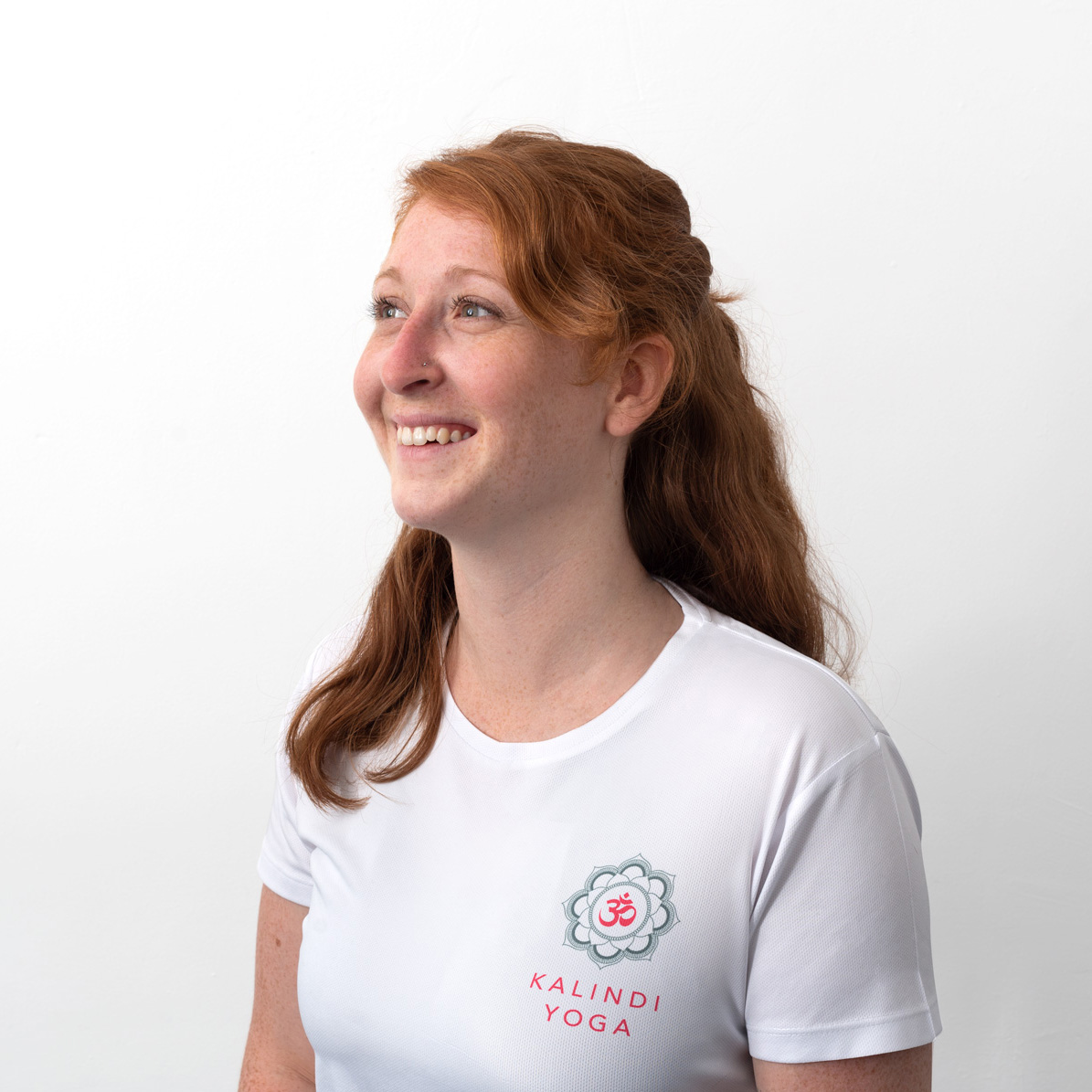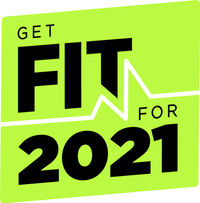Yoga for anxiety: 9 poses to help you calm the mind and breathe easier
Looking to quiet a racing mind? Practicing yoga for anxiety is a great place to start
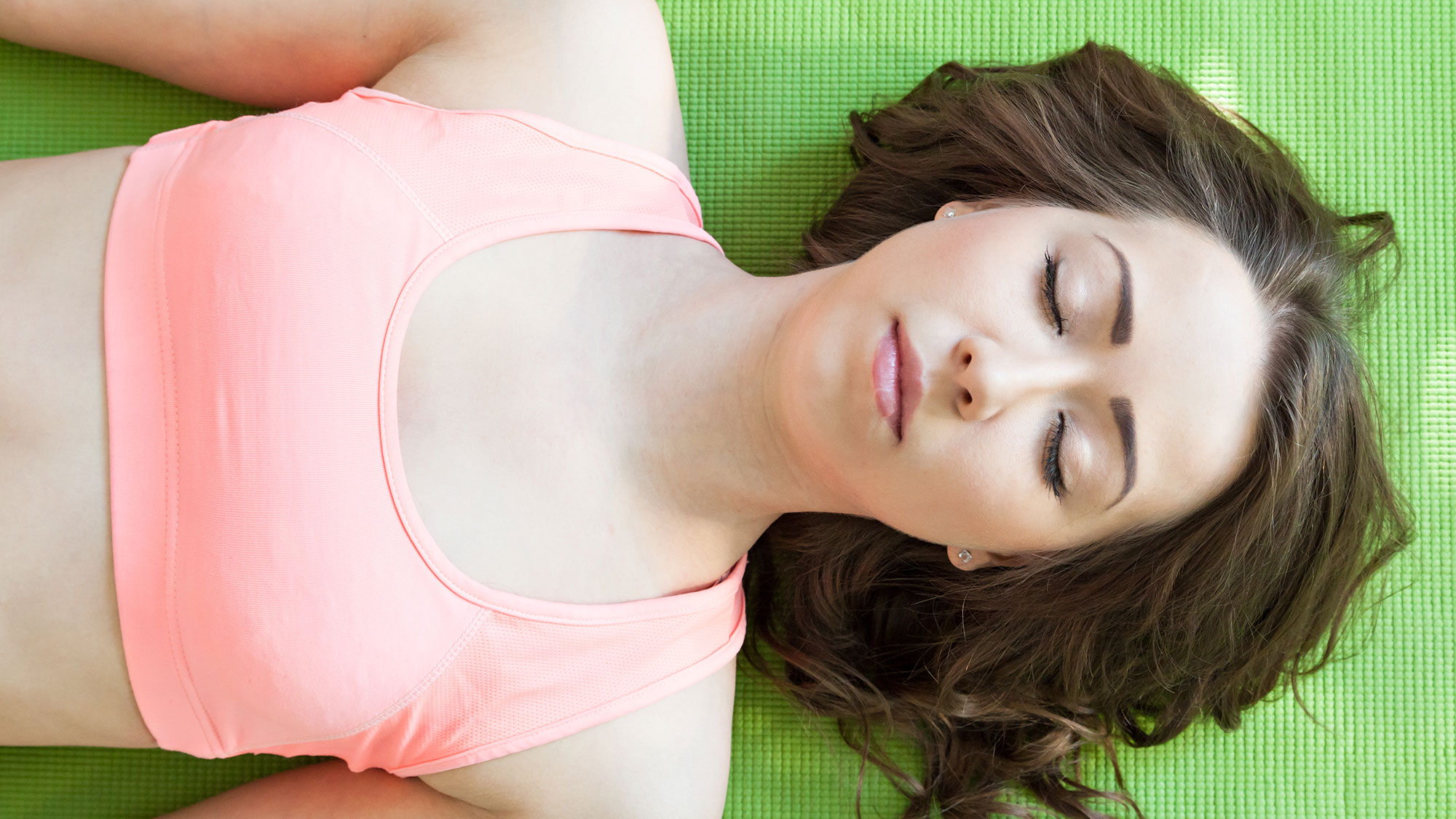
Yoga isn’t just a great way to keep your body healthy - practicing yoga for anxiety can also help keep your mind in top shape too.
If it's something that you're keen to try, we've outlined nine key moves that will naturally help you calm a racing mind and slow your breathing. So grab your best yoga mat and read on.
Ancient text The Yoga Sutras of Patanjali states: ‘Yoga Chitta Vritti Nirodha’. This translates roughly as ‘yoga is the removal of the mental fluctuations'.
Yoga can reduce the symptoms of anxiety by helping us to be in the present moment, reducing our tendency to pinball from one thought to the next. The more present we are, the less worried we become about the future. It teaches us to appreciate each moment we have and to not get caught up in our thoughts. Just because we think something, it doesn’t make it true.
When anxious, we are in our ‘fight or flight’ response, known as our sympathetic nervous system. This nervous system releases noradrenaline that acts to increase our muscular contractions while also increasing the rate and force of heart palpitations. It’s preparing our body to be able to fight our enemy or run away from them at speed.
When we are in this state for prolonged periods, our body releases adrenaline, which increases the heart rate and blood pressure. It also expands the air passages in the lungs and dilates the pupils. These are all responses we would need to fight or fly. However, having adrenaline released over long periods can cause problems such as high blood pressure and increase our risk of heart disease. It can also be the cause of our anxious feelings.
Yoga does the opposite to our body. It drops us into our rest and digest function, the parasympathetic nervous system. Unlike the sympathetic nervous system, this nervous system releases a chemical called acetylcholine to slow the heart rate.
Get the Fit&Well Newsletter
Start your week with achievable workout ideas, health tips and wellbeing advice in your inbox.
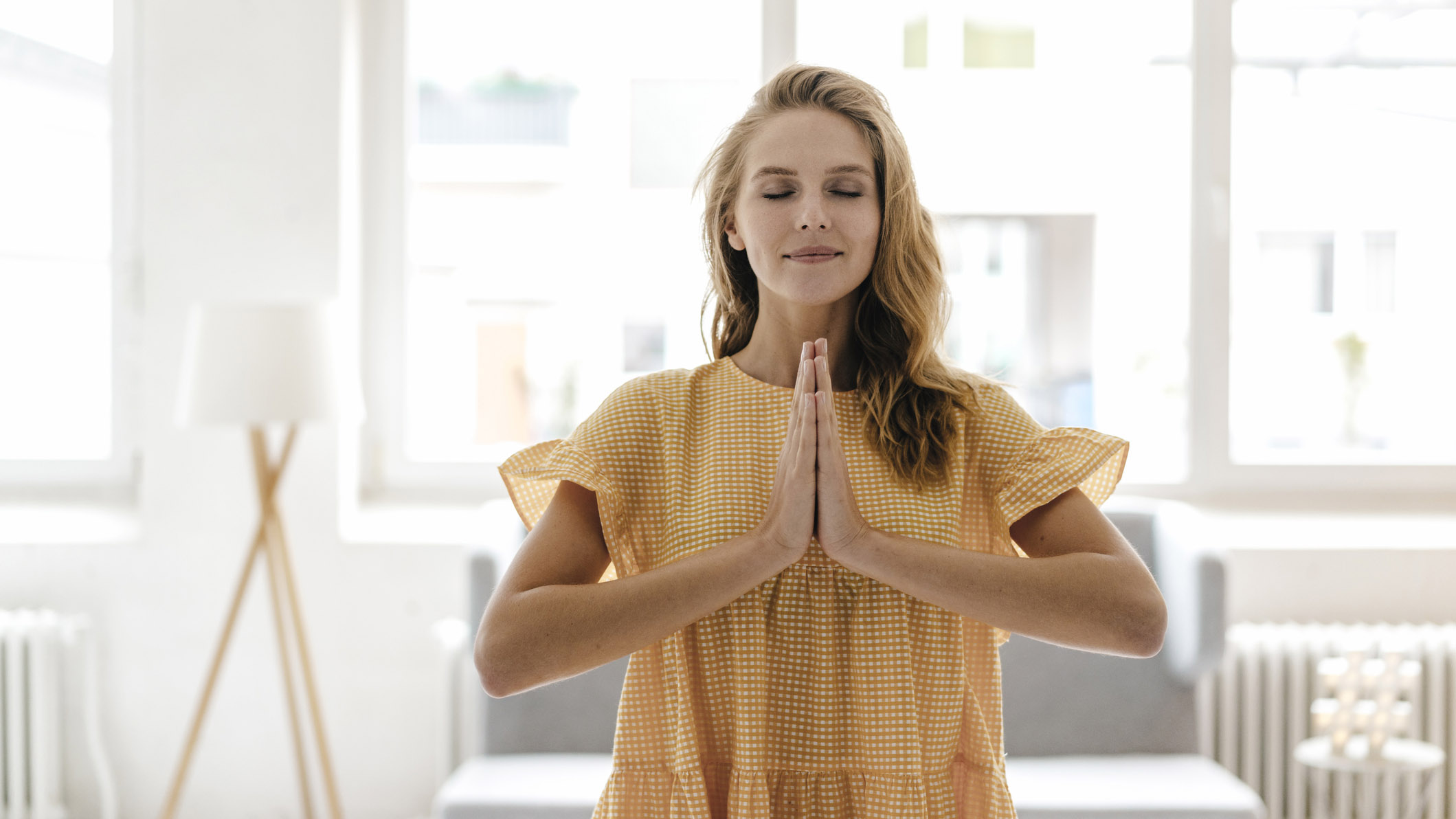
We place the body under controlled stress when we practice the postures to teach our body and mind to remain in situations that we find challenging, or that we might normally avoid. Doing yoga helps our body to meet stressful situations without entering the sympathetic nervous system. This builds our resilience on and off the mat to stressful circumstances.
Anxiety can also affect your breathing. As yoga is centered around breathing, it can teach you how to breathe deeply and use your breath to control your mind. When we are anxious, our breath tends to be shallow and in the chest. Yoga teaches us to breathe deeply, usually using the diaphragm. Once we are aware of how we breathe in certain situations, it gives us the power to control our response by using our breath, which is especially helpful when it comes to anxiety.
Try the following nine yoga for anxiety moves to get started.
1. Begin cross legged
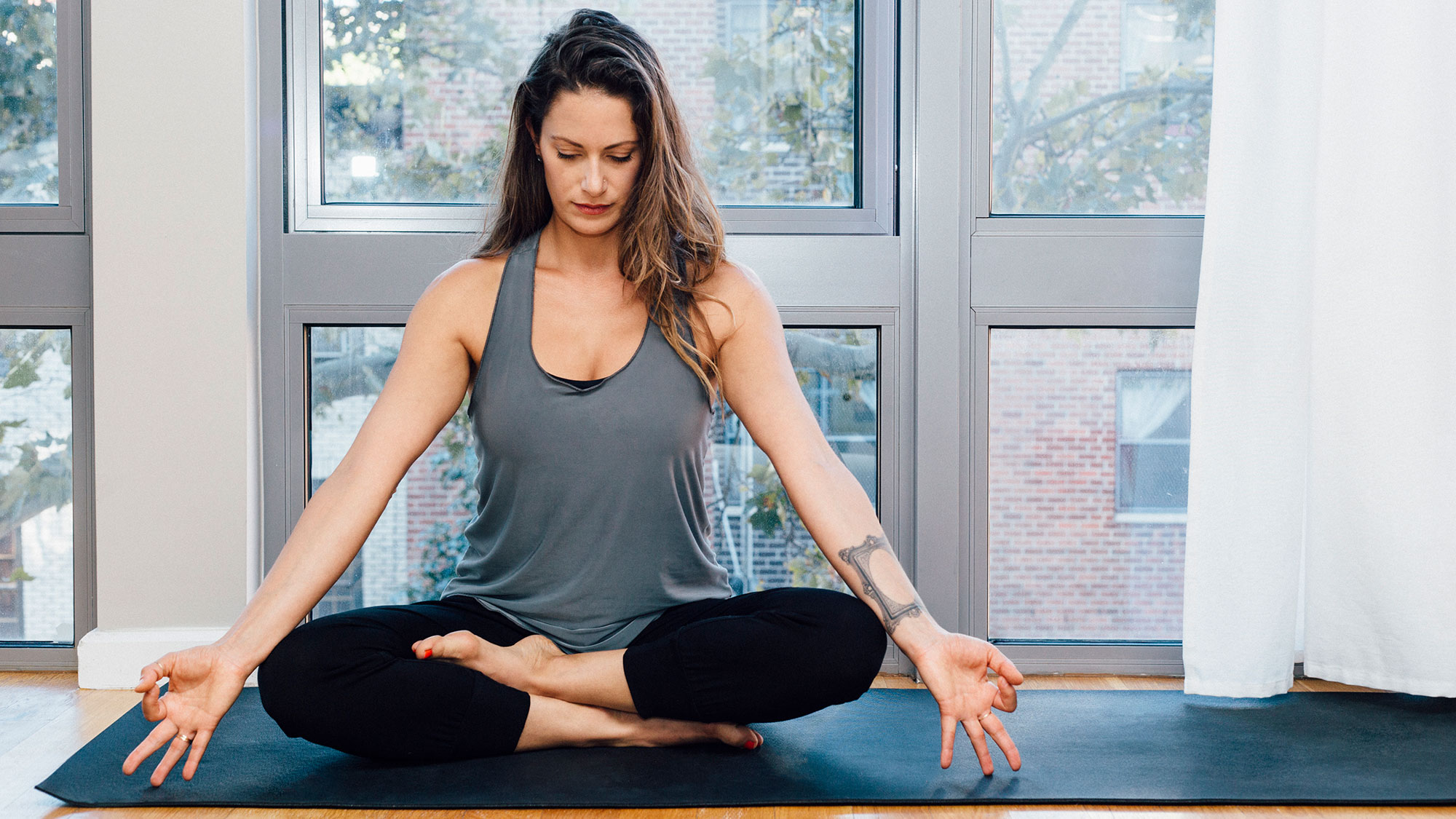
Before you do any of the other postures outlined in this article, it’s always a good idea to take a few moments in a comfortable, cross legged position on your mat. Lighting scented candles and joss sticks or using an essential oil diffuser can also help with create a calming, soothing environment.
Taking a moment to pause before you begin any yoga or exercise practice helps to bring you into the present moment. This is a very grounding thing to do and can help to calm the nervous system when you are feeling anxious.
Sitting cross legged also helps to open the hips, releasing tension that may be held there which can be a result of prolonged stress. It may feel uncomfortable to sit still in silence but by doing this, you are giving your body and mind a chance to step away from any external stimulation you may have just come from and to arrive into the present.
How to do it:
Aim to cross your shins, rather than your ankles so you’re almost creating a square shape with your knees and hips.
Try to feel that your lower back is descending down and lengthening while your chest bone lifts. Do this without puffing the ribcage out or collapsing the spine into an arc. You’re looking to have a straight spine here to help your breath flow in and out easily.
Take a few deep and conscious breaths with your eyes closed, becoming aware of your posture and listening to the sounds around you. If any thoughts arise, allow them to come and go, practising remaining unattached to the story that’s unfolding in your mind.
Make it accessible:
- Stack cushions underneath you until you can feel your inner thighs and hips relax
- Pay attention to your knees in this posture too. You can always support your outer thighs with cushions if you experience any discomfort in your knees
- If you’re unsure about sitting cross legged or you experience increasing levels of discomfort, sit with your legs out straight instead
2. Give thanks and gratitude
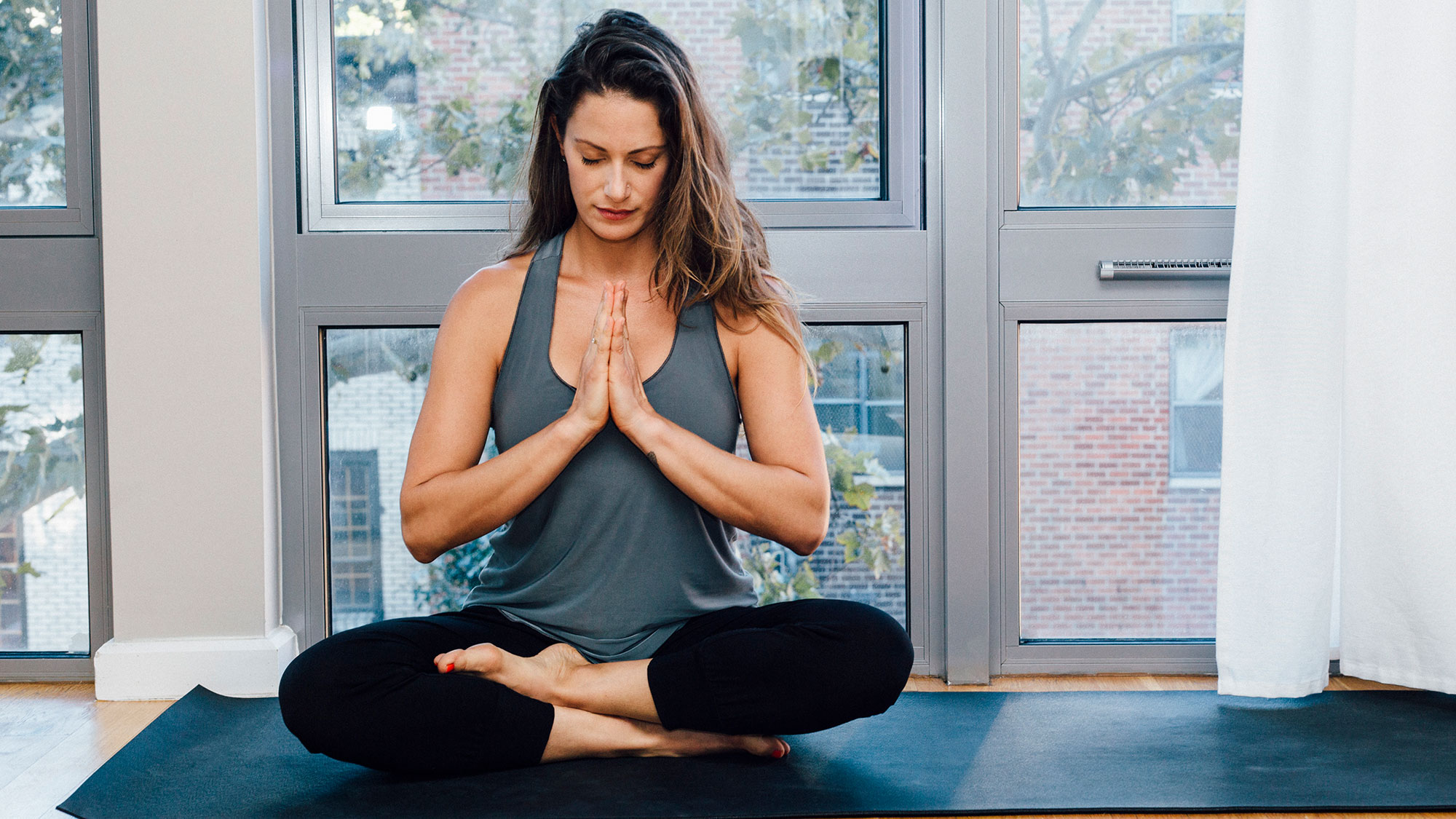
Practising gratitude is one way to ease the symptoms of anxiety. Anxiety is very often related to worrying about the future; a fear of the unknown. You may run through lots of ‘what if’ questions in your mind when in an anxious state. When you practise gratitude, it helps to move you out of that ‘what if’ way of thinking and into the present by observing what you have in your life now that makes you feel happy. When we live in the present, we are not so worried or concerned with the future.
How to do it:
Remaining in your cross legged position, slowly bring your palms together at the chest. Take a deep inhalation and on your exhalation, bow your head towards your hands. As you exhale, give thanks for all that you feel grateful for in your life.
When you have completed your mental gratitude list, on the inhale, raise your head bringing it back to its normal position.
3. Downward dog
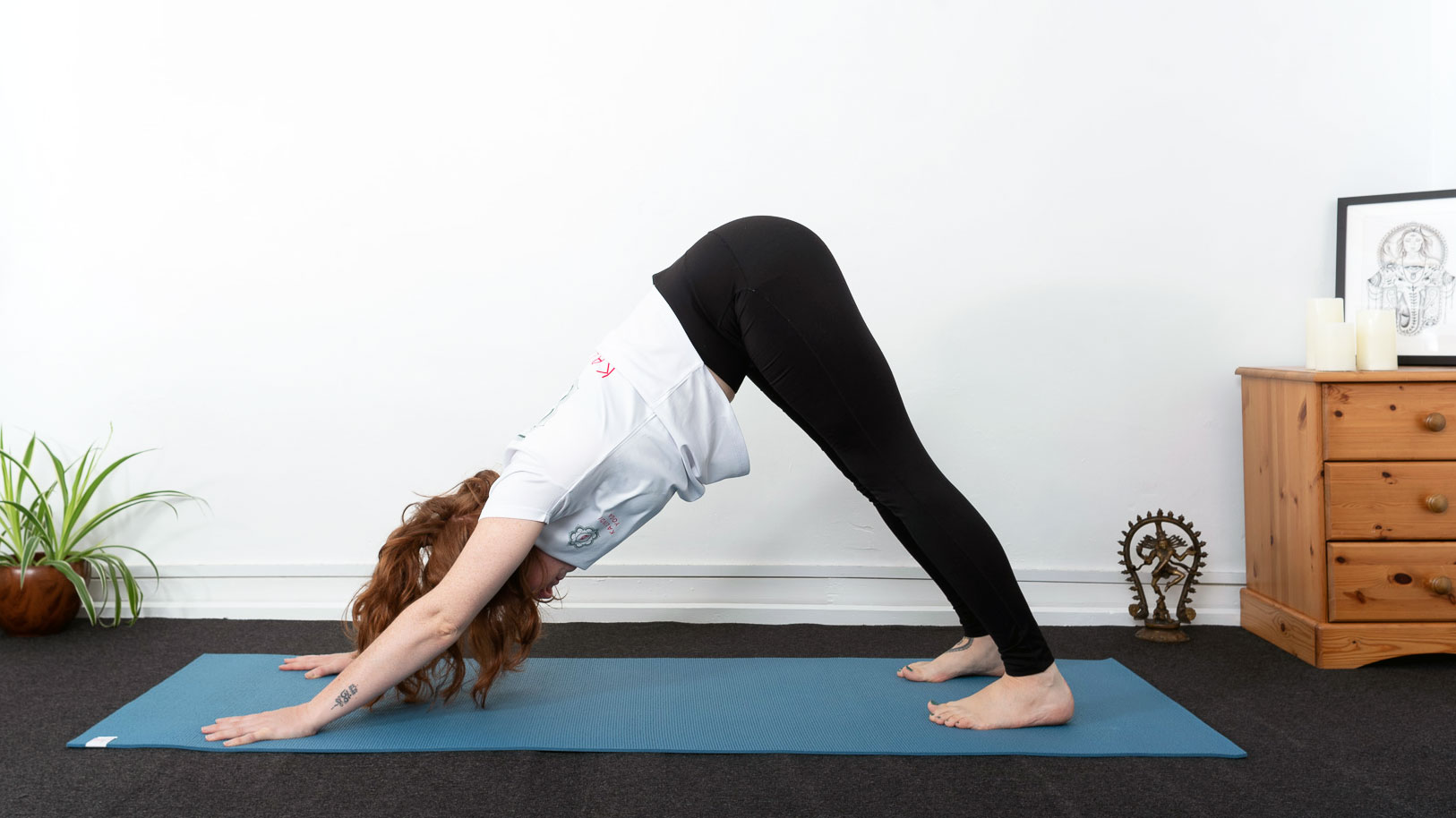
Downward dog is an inversion in yoga, meaning the head is placed below the heart. This has many restorative features for the body and the mind.
When we invert, it signals to the body to drop into our parasympathetic nervous system. This happens due to the carotid arteries that run through the front of the neck, carrying blood to the brain. These arteries contain sensors that make sure the brain receives the right amount of blood. When you invert, these sensors receive signals that the brain is going to be ‘flooded’ so your parasympathetic brake is pressed, ordering the heart and circulatory system to manage this with cuts, slowing down the bodily functions. This parasympathetic brake means that your body calms and ultimately your mind follows suit.
How to do it:
Slowly, bring yourself on to all fours. Walk your hands forward so your wrists and shoulders are at a slight angle. Tuck your toes, send your hips back to your heels and then lift your knees off the floor into downward dog. Focus on making your spine straight before straightening your legs.
Make it accessible:
- Keep a bend in your knees and have your heels lifted, especially if this helps you to maintain a straight spine
- Any shoulder injuries, do the first part without taking your knees off the floor
4. Tree pose
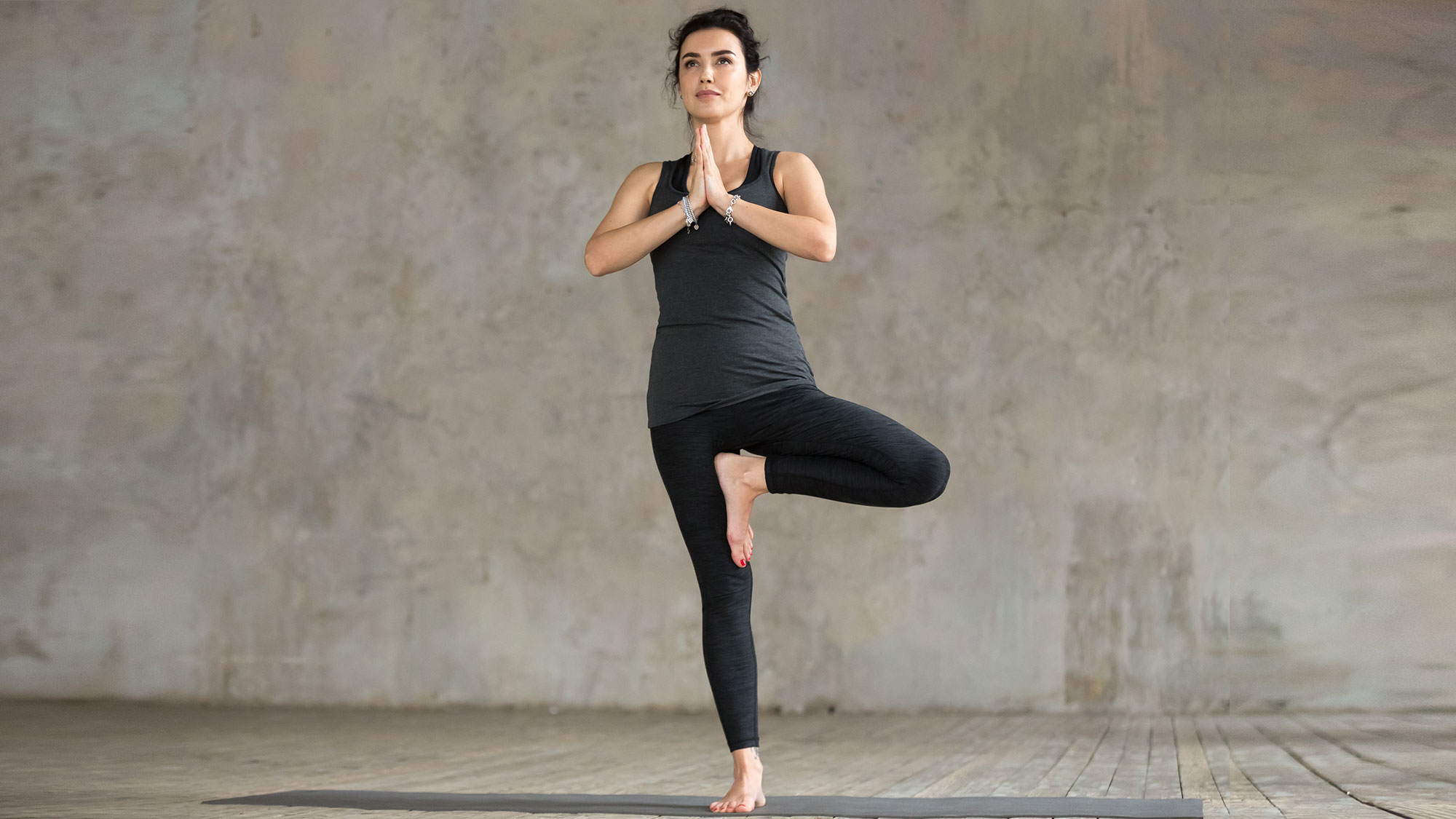
Balances are a great way to bring your awareness into the here and now. Lots of concentration is needed to keep us in a balance and with this much concentration, there is little headspace left for us to think about anything else, helping to ease anxious thoughts.
How to do it:
Stand on your mat, bringing more weight into your left leg. Start to lift your right foot off the floor and place the foot on the inside of your left inner thigh. Avoid pressing into your knee joint.
Press your right foot into the left inner thigh and press the left leg back into your foot. Hug your outer hips into your midline for support in your balance, avoiding sticking one hip out.
Bring your palms together at your chest. Focus your eyes on a non-moving point at eye level or above. Remember to breathe! Make sure you repeat this standing on the right leg.
Make it accessible:
- Bring your right foot so your heel rests above your left ankle and your toes are on the floor, or bring the sole of the right foot to the inner left calf muscle
- Place your hands on the wall for extra support in the case of past ankle injuries
5. Triangle pose
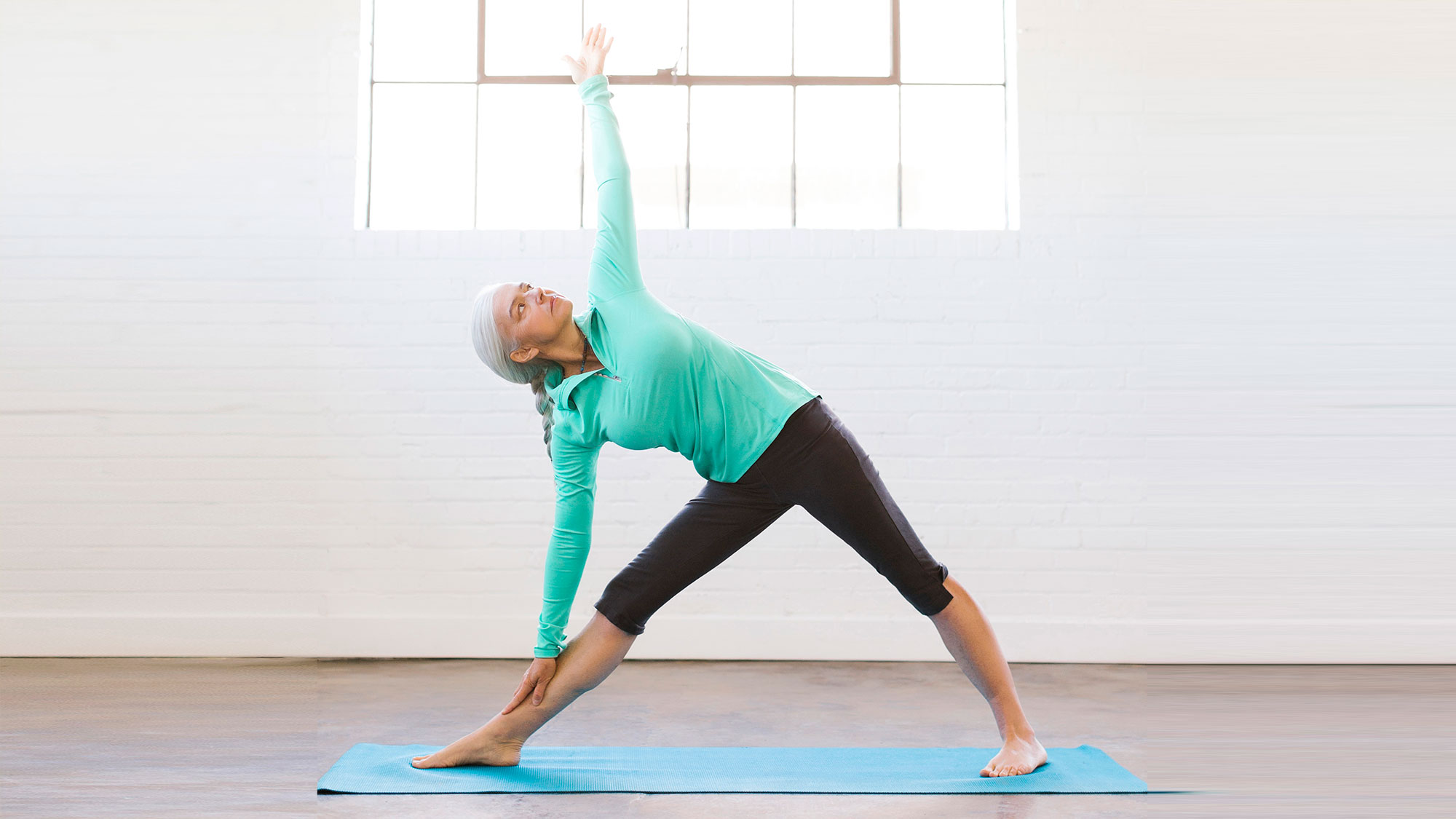
Side stretching helps to release the intercostal muscles of the ribs and free up your torso, helping you to breathe more easily.
Side stretches also help you to find length through the spine giving you better upper body movement. With this new movement comes a sense of release from any tension you may be holding in your neck, shoulders and lower back from anxiety.
Furthermore, when anxious you may experience tummy upset or cramps and stretching out this area can help relieve those symptoms.
How to do it:
Step your feet around one metre apart. Turn your right toes out so your foot is parallel to the long side of your mat. Turn your left toes slightly in on a diagonal. Bring your arms out to shoulder height, palms facing down to your legs and extend from the shoulder joint and elbows.
On an inhale, lift your right arm up next to your ear, palm facing out, and as you exhale, stretch over your right leg placing your right hand to your shin. Lift the left arm up, fingers pointing to the ceiling. Breathe here with a steady and flowing breath. Repeat on the opposite leg.
6. Staff pose
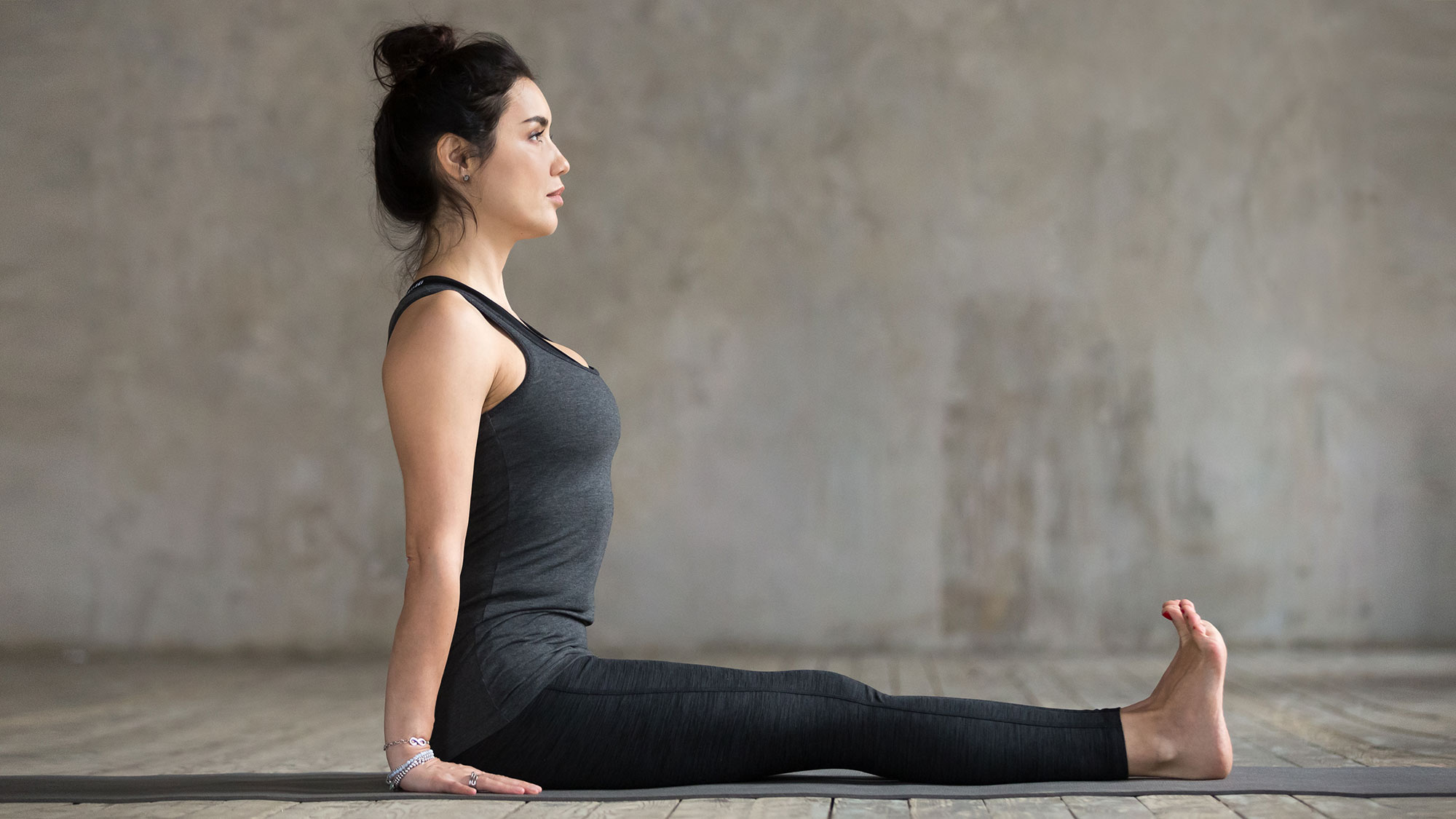
This posture helps to create much needed space between the ears and shoulders. Anxiety can affect your posture and leave you with your shoulders hunched up by your ears without you realizing it. Learning to drop the shoulders down can enhance your mood, improving your posture while also relieving shoulder tension.
How to do it:
Come to sit on the floor with your legs outstretched in front of you. Place your hands or fingertips next to your hips. Press the hands down into the floor as you lift your chest up. Roll your shoulder blades down your back and feel the space between your ears and shoulders.
Make it accessible:
- Place a rolled up blanket under your knees to remove any discomfort from behind the knees.
- Sit on cushions to help keep the spine lifted, especially if your pelvis tilts back.
7. Seated forward bend
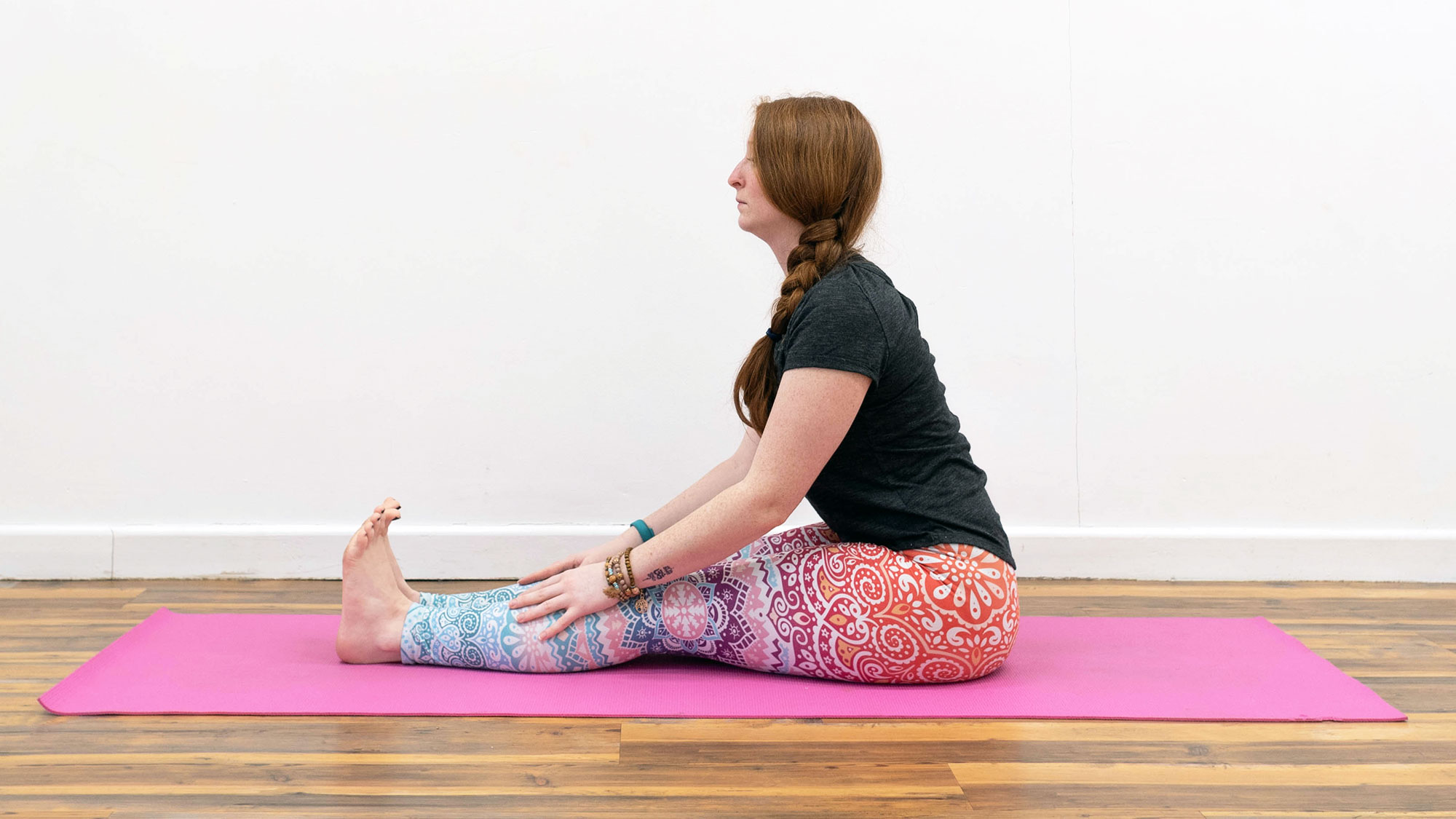
Forward bends help you to turn inwards, acknowledging how you feel and any anxious thoughts you might be having. They are more static postures giving you time to focus on your breath, explore your emotions and also helping to calm the nervous system.
How to do it:
From your staff pose, inhale and lift your arms up in line with your ears, or as close as you can. Exhale and fold forward, reaching forward as you go down. Hinge from your hips rather than the ribcage. You can imagine a beachball on your lap to help you achieve your forward bend.
As you inhale, think about lifting your rib cage up and over the beachball and as you exhale, send your chest to your shins. Stay for a few breaths.
8. Butterfly
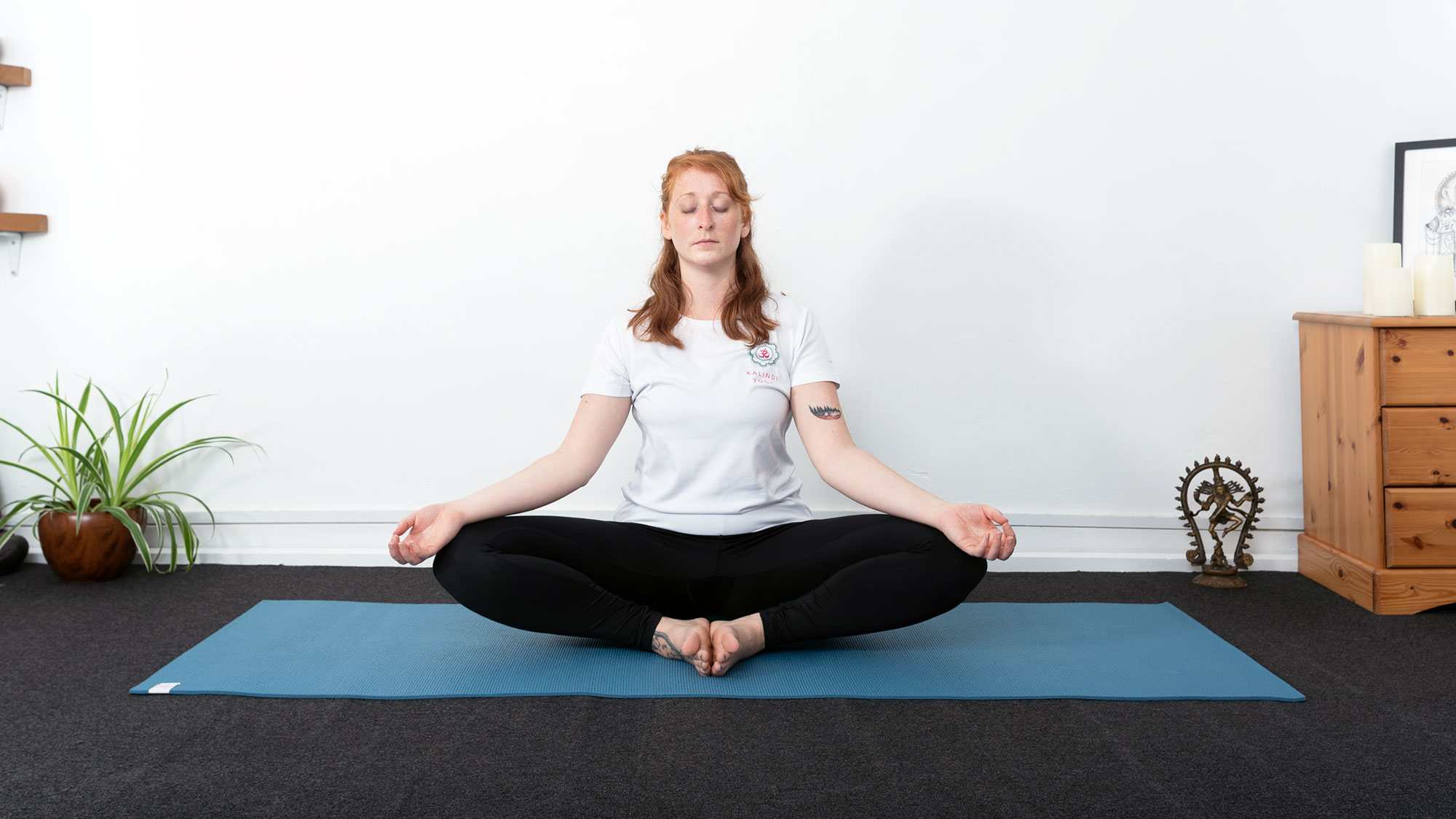
Our hips are the place in the body that can be seen as the emotional centre. Your psoas muscle is located in the lower lumbar region of your spine, moving towards the pelvis and connecting with the femur. It’s the only muscle in your body that connects the lower and upper body. Interestingly, releasing this muscle can bring up old emotions held deep within the tissue of the body in terms of physical tightness. A tight psoas can also affect the movement of the diaphragm which can ultimately affect your ability to breathe deeply. Your ability to take deep breaths can really impact your capacity to cope with anxiety.
You hold stress in and around the hip joints which can affect your posture if experienced long-term. This deep hip opener limbers up the hip joints leading to freeing up the lower back, another place that you can experience discomfort during periods of anxiety or stress. Creating space through the hips aids our ability to walk with confidence and you can use this as a ‘fake it until you make it’ trick when suffering with anxiety. Walk with confidence and soon enough you may feel confident.
How to do it:
Remaining seated, bring the soles of your feet together as close to your groins as you can manage. Hold the fronts of your ankles or wrap your hands around your toes. Keep your spine straight and work on descending your shoulder blades down the back while lifting your chest bone up.
Make it accessible:
- Sit on cushions - the more height you have under your hips, the easier the hip opener will be.
- Prop your outer thighs with cushions too if you still find a strong pull on the inner thighs even when sat on cushions.
- Move your feet further away from you if the above do not work.
9. Corpse pose
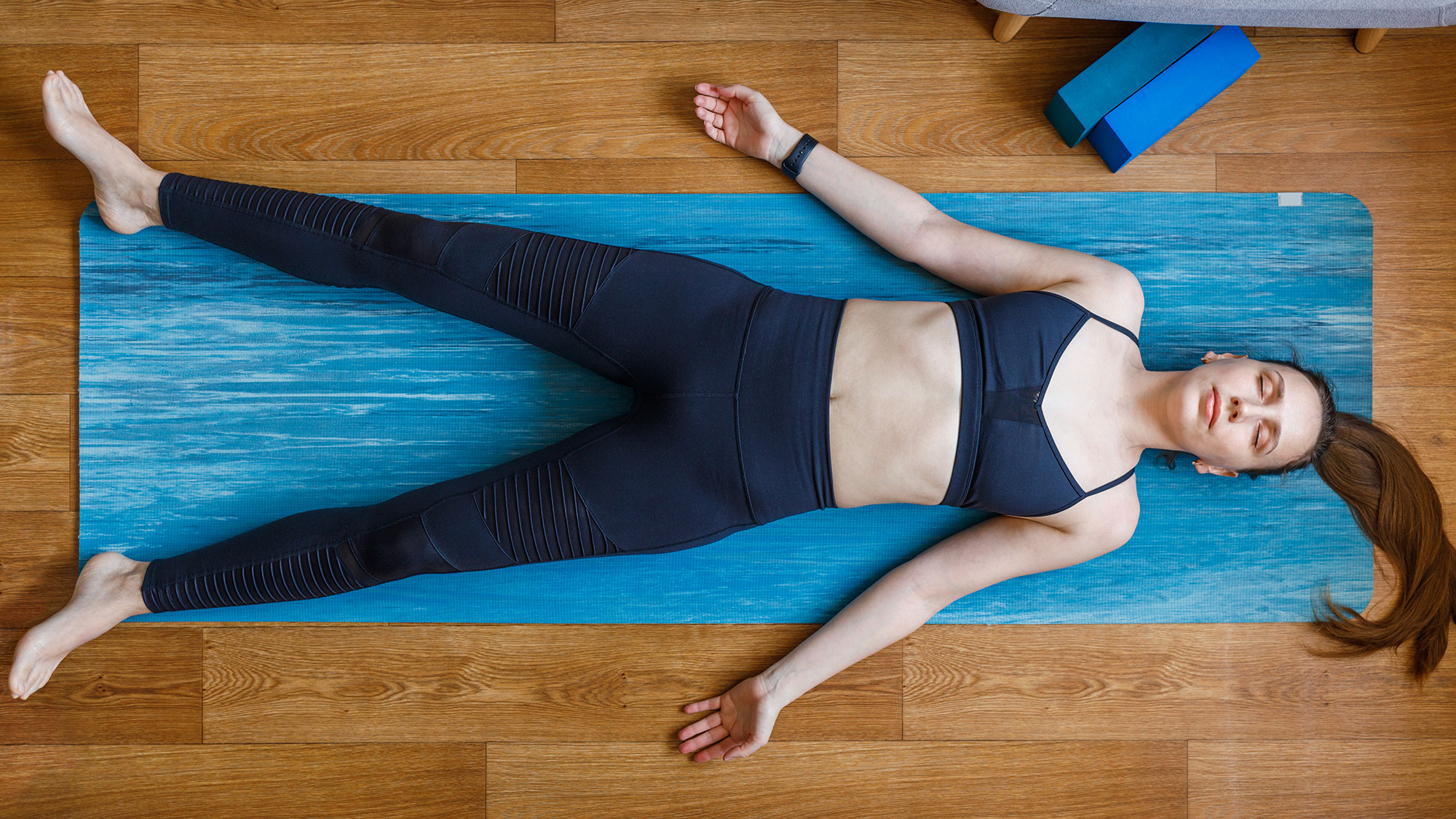
Similar to starting your practise with a pause, it’s a good idea to end it in the same way. The yoga postures help to drop you into your parasympathetic nervous system but there is still a lot to think about when you’re doing them. In corpse pose, we are left lying still with only our breath, fully experiencing that shift from the sympathetic to parasympathetic function of the body.
Resting in this parasympathetic state interrupts the habitual thought patterns we enter when in an anxious state and it provides the much needed mental relief to help us build resilience for future anxious episodes.
How to do it:
Lie down on your back with your feet hip distance apart. Allow your toes to roll out to the sides.
Place your arms a little bit away from your body with your palms facing up. Soften the fingers and allow the centre of your palms to melt.
It can also help to shift your tailbone towards your heels and walk the shoulders away from the ears. A rolled up blanket under the knees can help if your lower back is uncomfortable when lying flat.
Take deep breaths and spend a few minutes here.
Get Fit for 2021 with Fit&Well
As the sun rises on a brand new year, Fit&Well is here to help put last year behind you and make 2021 your happiest, healthiest yet. Here at fitandwell.com, we’ll be bringing you a wealth of workouts, diet plans and expert advice throughout January to help kick-start your health and fitness goals.
Kat is a yoga teacher with over five years teaching experience with a speciality in supporting injured students. She is qualified to teach Hormone Yoga Therapy and is currently studying to become a Yoga Therapy Practitioner. Alongside this, Kat has written about yoga and mindfulness for T3 and is the founder of Kalindi Yoga.
